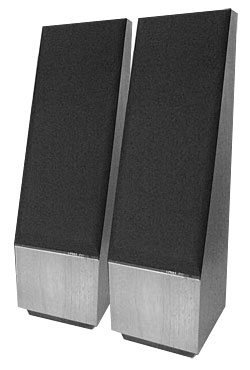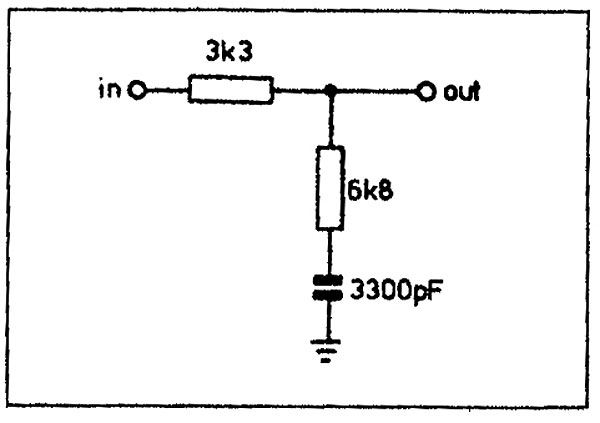| Columns Retired Columns & Blogs |
I recall the uptilt in the treble, but soundstaging, imaging, and tuneful bass were utterly transfixing at the price.
At the time I had a Proton D-940 receiver and then an Adcom GFA-535 amp and GTP-500 tuner/preamp. This system kept me listening happily deep into the evening, especially when the source was an Acoustic Research ES-1 turntable with Rega RB-300 tonearm and Audio-Technica AT-140ML cartridge.
I don't mean to namedrop equipment, but I remember the system so vividly because it was my introduction to the high end. Such a delight for a young person with a first-job modest salary in the late 1980s. Thanks so much for posting this review. It made my day.
 Kentucky manufacturer Thiel has acquired a reputation for the coherence of sound presented by its range of distinctive, sloping-baffle, floor-standing loudspeakers. Designer
Kentucky manufacturer Thiel has acquired a reputation for the coherence of sound presented by its range of distinctive, sloping-baffle, floor-standing loudspeakers. Designer 






































